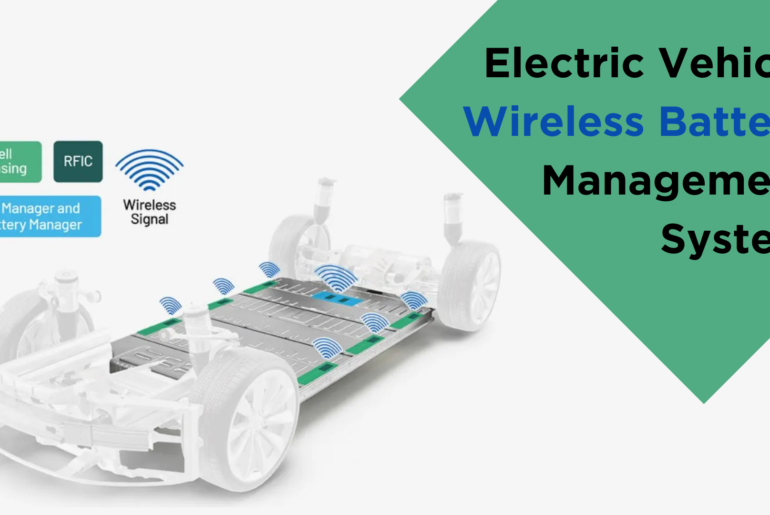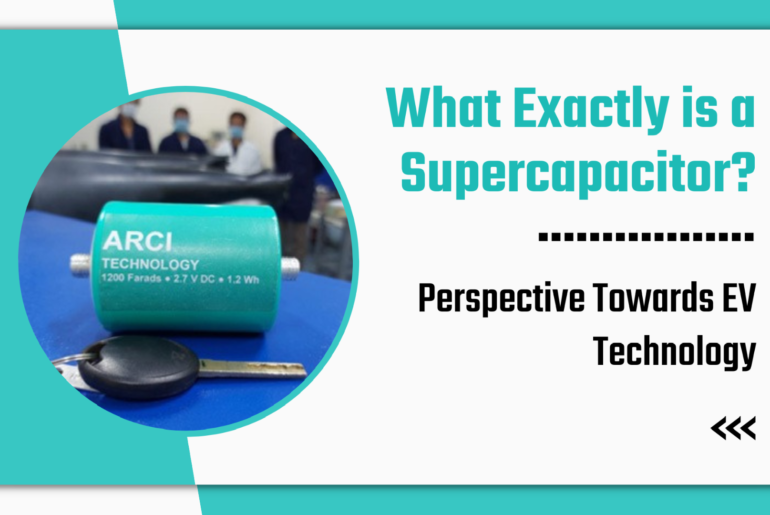
- 0 comments0
- 947 views
By componentcart
By significantly reducing net emissions, Electric Vehicles (EVs) can contribute significantly to reducing the harmful effects of global warming and reversing climate change.
Benefits of Electric Vehicles
If you’re wondering how EVs adoption can lead to a significant change in our climate and help us restore the ecology balance then read on to find a detailed explanation here as follows:
Reducing Air Pollution
With the distinctive competence of zero tailpipe emissions, EVs can significantly contribute to reducing the intensity of greenhouse gases in the environment. This, in turn, will help in reversing Global Climate change and save our ecosystem from further degradation. The adoption of EVs is particularly relevant in the context of India as the country figures among the top polluting nations in the world. Against the prescribed limit of 5µg/m³ by WHO, the average particulate matter concentration in India is as high as 73ug/m3, putting the health of its nationals at high risk. Further in terms of vehicle categories, two-wheelers are major pollutants in India with 20% and 30% contributions in carbon dioxide and particulate matter emissions in the country’s urban areas. Replacing E-powered vehicles with Electric scooters can bring down the level of air pollution considerably and help the country to improve its air-quality index.
Renewable Energy
EVs continue to face criticism on the battery front as the manufacturing of batteries has the potential to damage the environment by producing toxic fumes and pollutants. However, with the continuous evolution of technology, this sole criticism is also getting addressed quite effectively by the EVs industry today. For example, the net emissions in the manufacturing of batteries today are at least one-third of the amount associated with the process a couple of years back. Further, the entire EV ecosystem is putting concerted efforts into framing guidelines that are encouraging stakeholders to align their sourcing, manufacturing, and delivery process with the goals of reducing greenhouse gases and reversing climate change. These efforts are yielding impressive results and Tesla’s plan of using 100% renewable energy for producing batteries for its electric cars is one such shining example of EV makers getting successes in their sustainability efforts. Further, the considerably less number of moving parts in EVs (around 20-25) compared to 2000-2500 in ICE vehicles make EVs more environment-friendly from the perspective of both manufacturing and running operations.
Cleaner Battery Productions
EVs continue to face criticism on the battery front as the manufacturing of batteries has the potential to damage the environment by producing toxic fumes and pollutants. However, with the continuous evolution of technology, this sole criticism is also getting addressed quite effectively by the EVs industry today. For example, the net emissions in the manufacturing of batteries today are at least one-third of the amount associated with the process a couple of years back. Further, the entire EV ecosystem is putting concerted efforts into framing guidelines that are encouraging stakeholders to align their sourcing, manufacturing, and delivery process with the goals of reducing greenhouse gases and reversing climate change. These efforts are yielding impressive results and Tesla’s plan of using 100% renewable energy for producing batteries for its electric cars is one such shining example of EV makers getting successes in their sustainability efforts. Further, the considerably less number of moving parts in EVs (around 20-25) compared to 2000-2500 in ICE vehicles make EVs more environment-friendly from the perspective of both manufacturing and running operations.
Use of Recycled Materials
EVs are significantly compounding their environmental benefits by increasingly using recyclable and environment-friendly materials in their production, battery manufacturing, and allied operations. For example, the use of carbon fiber in framing EVs has shown promising results and buoyed by these outcomes, companies have now started integrating more carbon fiber in structural components to equip these vehicles with extended range, more efficiency, and enhanced practicality. EV manufacturers are also experimenting with aluminum to replace steel components to bring further improvements in the efficiency and range of EVs. Further, emerging business models such as electric mobility as a service (eMaaS) are aiding the sustainability of EVs by offering unique capabilities such as preventive and predictive maintenance techniques. These vehicle lifecycle management techniques can ensure a longer life for the battery while significantly improving the lifespan of EVs and decreasing the chances of their breakdown.
Use of Recycled Materials
EVs are the future of mobility and by creating a win-win situation for all stakeholders in the transportation ecosystem, these vehicles are powering the next wave of growth and profitability in the automobile industry. To achieve impressive results in the adoption of EVs, the role of policymakers and administrators becomes very critical and crucial. In addition, the stakeholders in the electric mobility ecosystem also need to work on a collaborative approach so that solutions to the critical challenges faced by EVs can be found in an effective, efficient, and time-bound manner.
Reference:https://e-vehicleinfo.com


